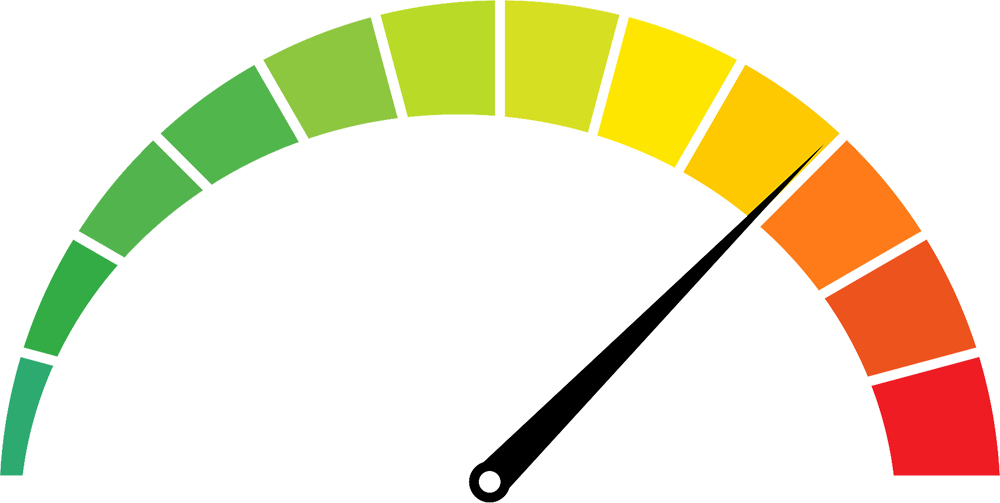Being self-aware could be considered one of the most important skills to have. Beyond knowing yourself, it’s important to know how to react in certain situations. A key part of the 168 System is knowing your mental capacity and how long it takes to recharge that energy. Knowing your limits will allow you to work more efficiently and with lower stress levels.
Key Takeaways
- Know your most efficient rate of work.
- Don’t max yourself out, just because you can.
- Your mind needs time to refuel. Take care of it.
Know How a Car Works
Every car on the market, including electrics, have a sweet spot when it comes to their fuel efficiency and the time it takes to reach a destination.
If you have to drive 100 miles, you could easily drive 20 miles per hour and save a lot of fuel, but you also burn a lot of time as that drive will take you eight hours. On the other end, you could drive 100 miles per hour and get there in a clean sixty minutes. While you would arrive quickly, you also burned entirely more fuel than necessary.
This forces you to go to the gas station and put more fuel in than you normally would have. This costs money — another resource worth protecting.
60-70 miles per hour is where you typically find the sweet spot. You can travel at a good clip and you are burning fuel at a comfortable rate. You arrive at your destination at a reasonable time, but you also have some fuel left in the tank, possibly enough to make the return trip.
Your mind operates in a very similar way.
Your Mental Efficiency
 From checking email, making a meal, focused project work, or even playing a video game all burn your mental energy. Everyone has a different level of maximum mental energy. Everyone burns that mental energy at a different rate too. Just like cars.
From checking email, making a meal, focused project work, or even playing a video game all burn your mental energy. Everyone has a different level of maximum mental energy. Everyone burns that mental energy at a different rate too. Just like cars.
Let’s use this speedometer to illustrate how this comes together. The low end, in the green, is where you aren’t burning a lot of mental energy while getting things done. Speed isn’t high, but you aren’t burning yourself out. The red is where you can operate, but the mental drain is very high.
The yellow area is the part where we are burning a bit more energy, but we are being quite productive. There is a trade off there. Things are moving, but a little too much mental drain is happening.
The key is to be as close to yellow as possible. That is the mental sweet spot. You are operating in a quick manner while not burning excess fuel. It doesn’t take long to recharge from this and you can hit your timely goals and get things done without slowing everything else down.
This sweet spot is different for everyone. Some can work at a rapid clip and others can’t. That is ok. Knowing where you land is the most important part.
Keeping the Mental Margin
Along that mental speedometer, it is important to have that yellow zone. That is your mental margin. An area that you can comfortably work in without burning too much mental energy.
It’s tempting to push your maximum green level as high as possible and closer to the red. Don’t do this. You have to leave a little room. When the unexpected happens, this allows you to drift into the yellow instead of the red.
The red zone is where you make mistakes, get frustrated, start to burn yourself out. The mental margin is important to give that flexibility. Keep things too rigid and bad things happen.
Efficient Doesn’t Mean Slow
It’s easy to look at that mental speedometer and assume the pace is slower than desired. That’s the short-term way of looking at things. The 168 System really considers the entire week ahead of us. If you are operating too slow, sure, you’re not going to get a lot done. Operating in the yellow will deplete your reserves by the end of the week. If you hit the red zone a little too often, it might be midweek and you’re toast.
Keeping at that maximum green zone, you can get a lot done, not burn too much energy, and allow yourself to recharge at the end of the day.
Simply put, you’ll travel farther going a consistent speed than trying to hurry and get things done. It’s always about the long game.
Refueling the Mind
Mental energy is something you can refuel. Unlike time, which is already predetermined for us each day, you will have different starting points for your mental energy.
Allowing yourself to do something that isn’t “work” at the end of a day, or in the middle of the day, is a nice way to refuel the mind a bit. Your brain doesn’t have to work hard, they key is finding something that doesn’t seem like work. Playing video games, going for a walk, watching a little YouTube, making your favorite dinner, reading a new book, etc… these are all ways to allow your brain to chill for a bit and refuel.
A good night’s sleep is also key to maximizing that starting mental energy level. You wake up feeling refreshed and ready to go.
If you’ve had a rough day and burned more mental energy than you usually do — or you’ve spent a little too much time in the red zone — it’s vital you spend some time refueling and slowing down. Even if you take a little time for yourself and get some good rest, your starting level the next day isn’t as high as it was the day prior. You can still get work done, but since your mental energy level is depleted you can’t travel the distance you previously did.
This goes back to self awareness. Having a pulse on where your energy levels sit and how fast you’re burning through the reserves will point you in the right direction.
